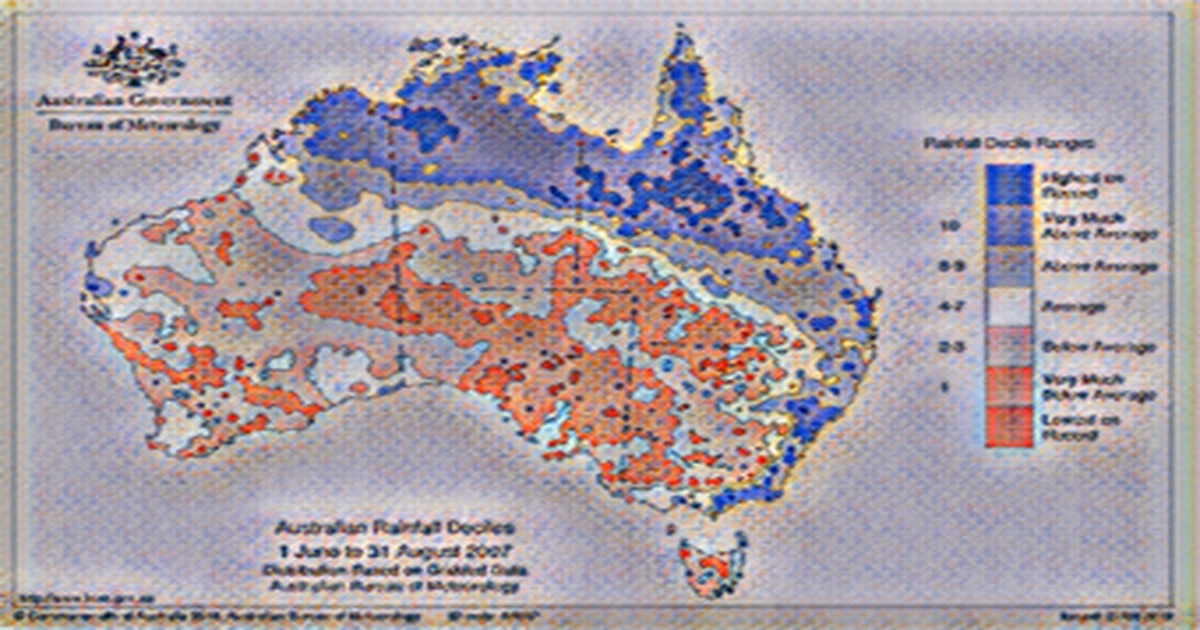
The recovery is complicated by the surging omicron variant that's been wracked by supply chain chaos, worker absenteeism and faltering assembly lines. Supermarkets are struggling to stock shelves due to staff shortages. Manufacturers are facing a lot of disruption and shipping lines are backed up. At the same time, surging energy prices are adding to inflation, forcing central banks to raise interest rates even as the recovery slows. We apologize, but this video didn't load.
Click here to see other videos from our team. As vaccines and boosters allow the disease to shift from an acute phase to an endemic phase, Optimists argue that the economic hit from omicron will be limited. Janet Yellen, U.S. Treasury Secretary, said she doesn't believe the variant will derail the U.S. recovery. The U.K. and Canada show shorter duration waves, faster descents from peaks and lower death rates than the delta variant, according to analysis by Nomura of the impact of omicrons on nations hit early like the U.K. and Canada. That means that the psychological fear factor could fade and demand for services would be unleashed. As the pandemic continues into its third year, it is becoming clearer by the day that a return to economic normality is some way off. The global economy is split between the countries that have been affected by the virus and China's dogged pursuit of Covid-zero.
According to economists at Citigroup Inc., the crosscurrents pose a unique combination of challenges that could be incorporated into the longer-term outlook. Their counterparts at JPMorgan Chase Co. say global growth is now downshifting because of the omicron drag. The World Bank has already lowered its growth outlook, and International Monetary Fund Managing Director Kristalina Georgieva has predicted a difficult year for policy makers, saying 2022 will be like navigating an obstacle course. The IMF will release new forecasts in the coming days. Tuuli McCully, head of Asia-Pacific economics at Scotiabank said there was a risk of underestimating the economic impact of the surge in omicron cases.
While it seems that the economic consequences would be milder and focused on the first quarter, it is still too early to say that cases are skyrocketing in many parts of the world. Inflation pressures are forcing central banks to raise interest rates as a result of the infection surge. In a meeting of the policy-setting Federal Open Market Committee this week, the U.S. central bank is expected to signal plans to raise interest rates in March for the first time since 2018. South Korea has raised rates this month, its third hike since the summer, and emerging economies are also tightening. China is the exception, cutting rates to protect the economy from a property slump and slowing domestic growth.
The omicron wave sweeping the globe has already dealt a blow to the recovery. Demand is stalling, according to high frequency data from restaurant bookings to airline passenger numbers. There is a lot of stress added by the worker absenteeism and business closures. Early evidence from the U.K. suggests that the spike in omicron cases - and impact on activity - may end almost as quickly as it began. What will happen if omicron collides with China's zero-Covid strategy, putting the world s factory back into lockdown? The disruption is real for many economies. From Australia to the U.K. food supply chains for supermarkets are being disrupted and prices have gone up due to high freight rates, poor weather, labor shortages and energy costs. Airline travel is plagued by travel restrictions and staff shortages, with thousands of flights grounded around the world.
The heavy industry is also being squeezed. Toyota Motor Corp.'s shares fell on Friday after the automaker announced expanded production halts on rising Covid 19 cases and an ongoing chip shortage that affects its suppliers and operations in Japan. In Europe, car sales fell for a sixth consecutive month in December, underscoring the uphill battle that its automakers face. The pandemic has weighed on consumer confidence, and sourcing enough semiconductors will be arduous this year. In China, where much of the world's industrial components and consumer goods are produced shipping containers are stacking up at the already backed-up Shenzhen port, as congestion in the U.S. and Europe ricochets back to Asia. There are delivery delays that weigh on growth and add costs.
While China's aggressive measures to suppress the virus have allowed factories to power through the epidemic, omicrons spread will make that approach even more difficult. There have been reports that global manufacturers in China, including Volkswagen AG, have reported disruption due to lock downs and other restrictions. Global shipping companies are trying to meet the growing demand from consumers and businesses amid logistical constraints like port congestion, rail backups and trucker shortages. Matson Inc., a Honolulu-based container carrier, said last week that they expect these conditions to remain largely in place through at least the October peak season and expect increased demand for our China service for most of the year. Willy Lin, whose company Milo s Knitwear International Ltd. makes high-end sweaters from its factory in Dongguan for clients in Europe, stocks up on key material to ensure he can meet future orders as supply snarls continue. Lin said if you want to place orders, you must do it now. He is also chairman of The Hong Kong Shippers Council. The veteran industry player is tempering expectations for a quick return to normal. I am surprised that people still think these problems will go away soon, Lin said.
